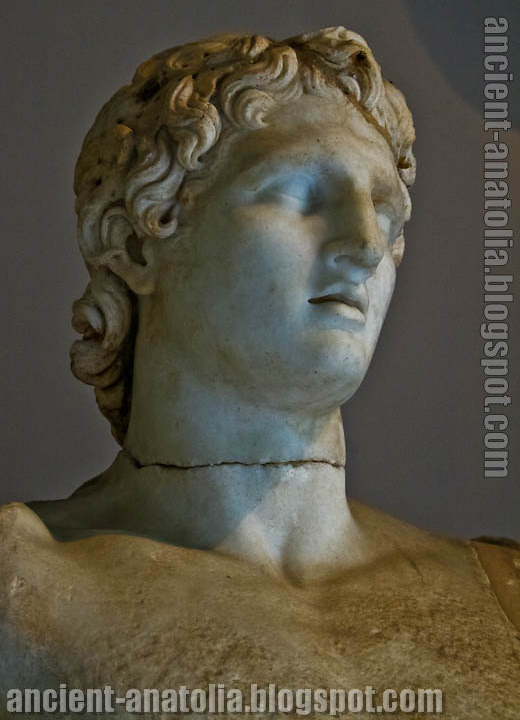
Statue of Alexander the Great from ancient city Magnesia on the Sipylos, modern Manisa in Turkey, now in the Istanbul Archeological Museum. The statue was accompanied by an inscription that stated: "Menas of Pergamon, son of Alias, made [it]." Dated mid-third century BCE.
The Macedon king Alexander the Great, lived between 356 and 323 BC, ascended to the throne, not even twenty. The legendary commander, died at the age of 33, has never been forgotten during the twenty-three centuries, thanks to his glorious and great conquests during a short period of kingdom. He established a great empire extending from Macedonia to India. The cities founded by Alexander, who spent most of his life in Asia, as military bases turned into cultural and commercial centers.